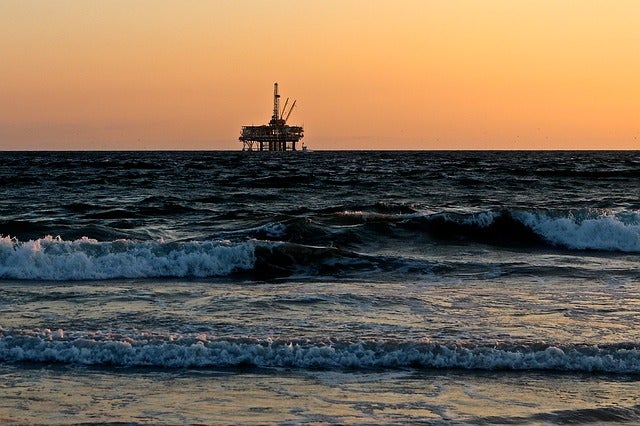
Guyana announced earlier this month it was planning to raise the royalties it takes from all future oil licences – a move market intelligence firm GlobalData predicts will come at the cost of the country’s competitiveness in the industry.
Its Department of Energy said it is preparing a licensing round for acreage in both shallow and deep water for the third quarter of 2020, and that it expects the country’s take in the royalties to be higher following close examination.
Currently, Exxon Mobil, Total and UK-based Tullow Oil are drilling offshore wells in Guyana, with more than billions barrels of oil having been discovered in the highly promising region.
Alessandro Bacci, upstream oil and gas analyst at GlobalData, said: “If Guyana goes ahead with its plan of increasing the royalties in its production sharing agreements (PSAs), the scope for adjustment will be limited if it wishes to retain its regional competitiveness.
“Under the current contract structure, Guyana may push its royalties up to a 5% rate from the current 2% – beyond that threshold, it may diminish the attractiveness of the country’s petroleum fiscal framework for investors.
“GlobalData assessed the profitability of a Guyanese offshore development at the 2% royalty rate applied to ExxonMobil-operated Stabroek license, and at increased royalty scenarios of 5%, 10%, and 15%.
“This assessment shows that raising the royalty rate above 5% could make potential returns under Guyana’s fiscal regime significantly less competitive than under the regimes of regional rivals, such as Brazil and Suriname.”

Credit: GlobalData
Guyana oil royalties
Following Exxon Mobil’s landmark discovery in 2015, which was exploited via the Liza 1 well that drilled 5,433 metres in 1,742 metres of water, Guyana has begun to stake a name for itself as one of the world’s next oil and gas hot spots.
It was then followed by Payara, Liza deep, Snoek, Turbot, Ranger and Pacora by early 2018, but Mr Bacci claims the the fruits gained from these projects will be mitigated if the country’s government continues on its intended course.
“Since the initial negotiations with ExxonMobil, there has been a lot of attention on the royalty rate as if this were the only source of government take,” he explained.
“However, this is a misrepresentation of the PSA structure. The reality is that the PSA model has a 75% cost recovery with the remaining 25% profit oil equally split between the licensees and Guyana.
“The minimum effective royalty rate paid to the government is 14.25% of the gross revenue. For Liza Phase 1 we expect to have a free cash flow for the government higher than 50%.
“If Guyana wants to have a royalty rate in line with the average PSA royalty rate across the globe, i.e., between 10% and 15%, it must change the structure of the current PSA so it doesn’t lose competitiveness.
“Alternatively, it might slightly increase the royalty rate while maintaining the current PSA structure or introduce a sliding scale with royalties increasing with profits.
“The current attractive framework attracted major oil companies such as ExxonMobil, Total, Tullow, Hess, Repsol and Anadarko, but, if fiscal changes make the regime less competitive, it could limit future exploration.”






